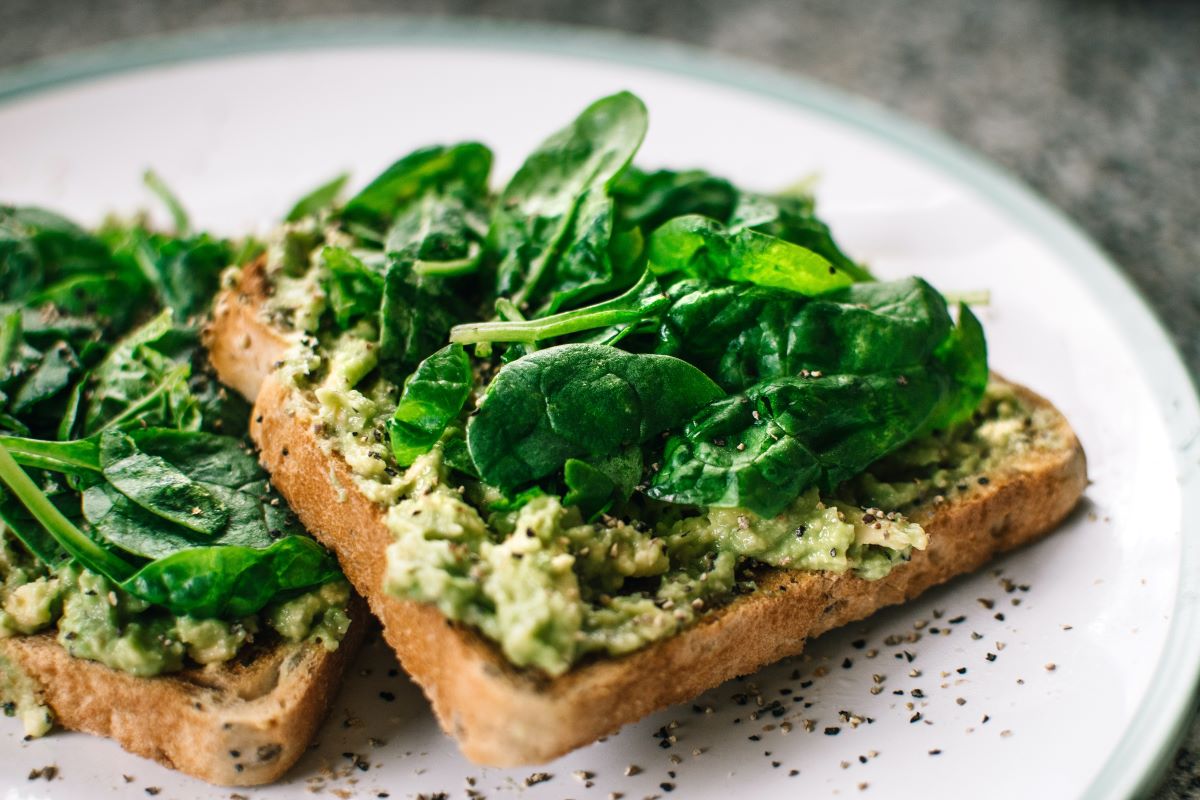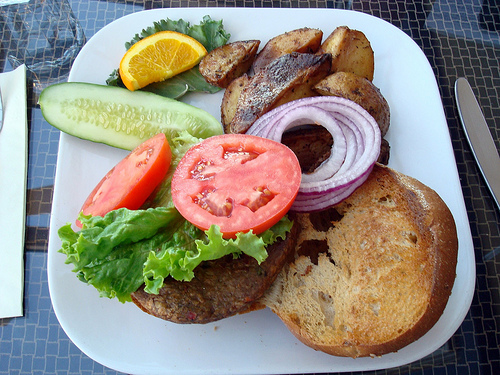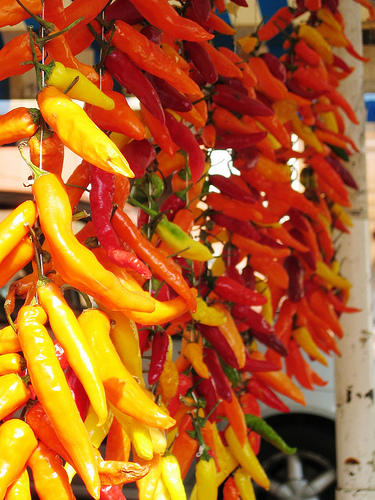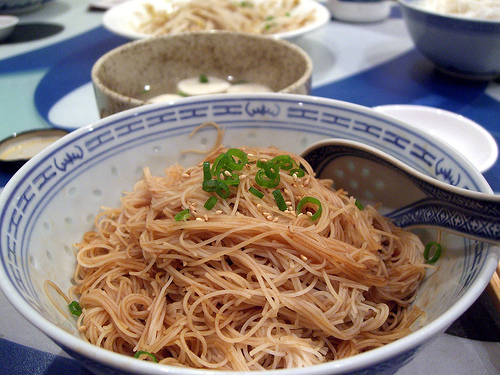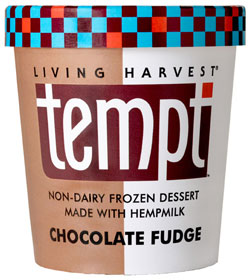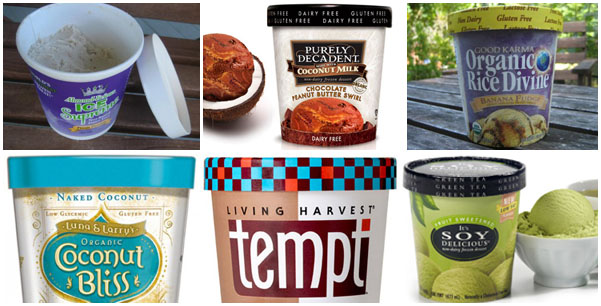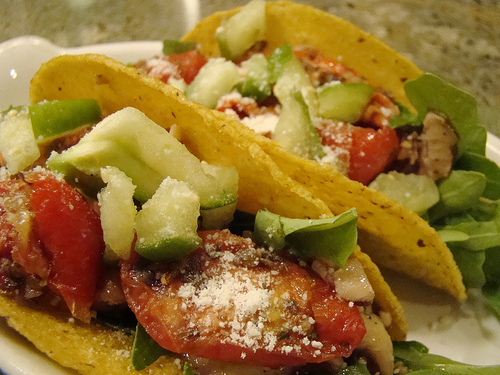Table of Contents
Whether you are trying to improve your health, respond to dietary restrictions, or make ethical food choices, understanding the distinctions between various diets can be challenging.
Two such diets that often confuse are vegan and gluten-free diets. While there is some overlap between them, vegan and gluten-free diets are not the same.
So, vegan vs gluten-free: what’s the difference? Keep reading to find out!
Quick Answers
Are Vegan and Gluten-Free the Same?
No, vegan and gluten-free are not the same. A vegan diet excludes all animal products, such as meat, eggs, and dairy, while a gluten-free diet excludes gluten, a protein found in wheat, barley, and rye. While some foods can be both vegan and gluten-free, they are not synonymous.
Can Vegans Eat Gluten?
Yes, vegans can eat gluten if the food does not include animal products. Many vegan foods contain gluten, such as certain breads, pastas, and cereals.
If Something is Gluten-Free, Does That Mean It’s Also Vegan?
Not necessarily. Gluten-free simply means that food does not contain gluten. It can still contain animal products like dairy or eggs. It’s essential to check the product labels for both dietary preferences.
If Something is Vegan, Does That Mean It’s Also Gluten-Free?
Not necessarily. Vegan means that food does not contain animal products. It can still contain gluten in things like vegan bread and pasta. It’s essential to check the product labels for both dietary preferences.
Overlap of Vegan and Gluten-Free Diets
Vegan and gluten-free diets, while distinct in their dietary restrictions, often find common ground in various scenarios. They tend to be mentioned together or appear simultaneously in restaurant menus and recipes for several reasons, leading to overlapping perceptions and misconceptions.
One significant reason for this confusion is the marketing strategies employed by food companies. Gluten-free and vegan products often share shelf space in supermarkets’ “special diet” sections, targeting consumers with specific dietary needs. This co-branding can lead to the mistaken belief that a vegan diet inherently excludes gluten or that all gluten-free products are vegan, which isn’t the case.
Dietary exploration or health consciousness can also drive some vegans to try a gluten-free diet. Individuals might be curious about the purported health benefits of a gluten-free diet, such as improved digestion, weight management, or increased energy levels. Hence, they might decide to eliminate gluten from their diet to see if they experience any positive changes.
Ethical considerations and environmental concerns can influence some vegans to adopt a gluten-free diet. Culturing certain gluten-containing grains, such as wheat, can be resource-intensive. In contrast, gluten-free alternatives like quinoa or millet are often perceived as more sustainable or environmentally friendly.
Furthermore, there’s an ongoing discourse about the potential relationship between gluten sensitivities or Celiac disease and modern agricultural practices, including pesticide use. Consequently, a person committed to veganism for environmental reasons might opt to avoid non-organic gluten products thought to contain pesticides.
However, these individuals may still consume gluten products at home if they can source organic, pesticide-free options. But in social settings, like eating out at a restaurant, they may prefer gluten-free options, contributing to the perception that vegan and gluten-free choices are synonymous.
Foods That Are Both Vegan and Gluten-Free
There are indeed many food items that are both vegan and gluten-free, enabling those who choose to follow both dietary approaches plenty of variety in their meals.
These foods, inherently plant-based, are free of both animal products and gluten-containing grains.

Vegetables
Vegetables are naturally both vegan and gluten-free. They form the base of any wholesome diet due to their high nutrient density and low caloric value.
Whether raw, steamed, roasted, or stir-fried, vegetables like bell peppers, broccoli, carrots, and zucchini provide essential nutrients without violating vegan or gluten-free principles.
Be aware of pre-packaged or canned vegetables that might contain sauces or seasonings that aren’t vegan or gluten-free.
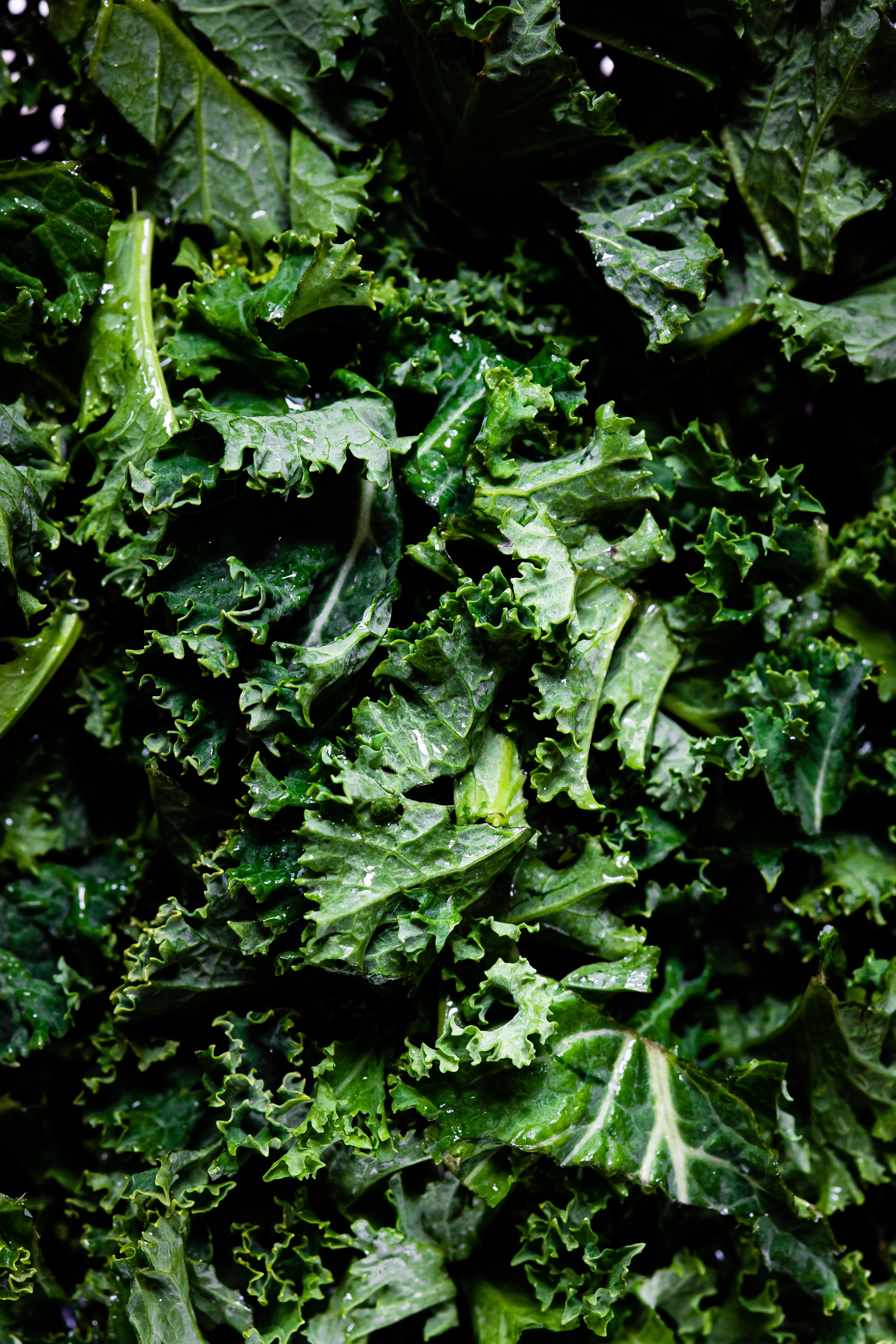
Leafy Greens
Leafy greens like spinach, kale, and collard are vegan and gluten-free. They are rich in vitamins, minerals, and fiber, which benefit overall health. When buying pre-packaged salads, be cautious, as dressings can contain hidden animal-derived or gluten-containing ingredients.
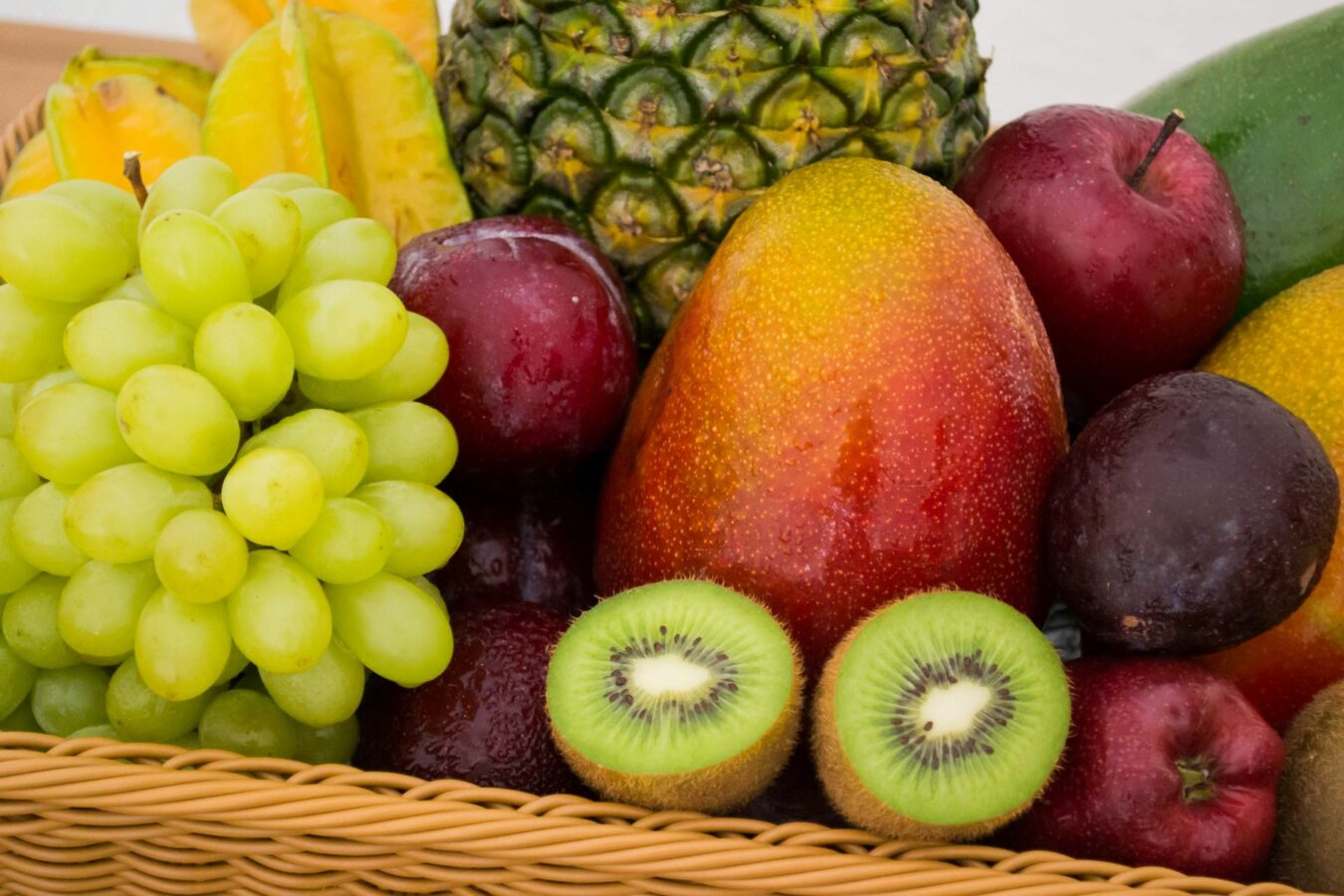
Fruit
All fruits are vegan and gluten-free. From apples and oranges to berries and bananas, fruits are a fantastic source of vitamins and dietary fiber. Be careful with processed or canned fruits, as they can have additives or syrups that might not align with a vegan or gluten-free diet.
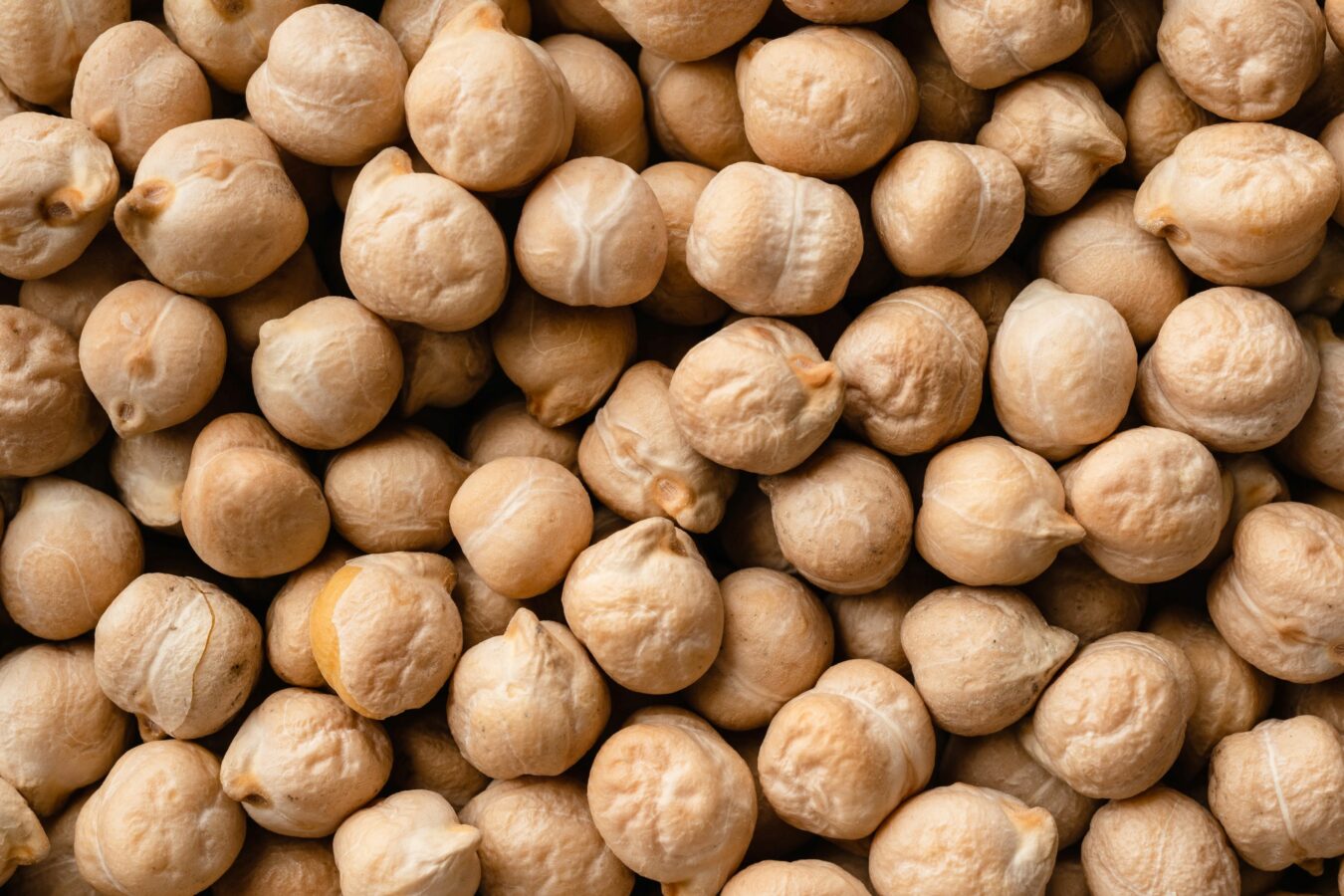
Beans & Legumes
Beans and legumes are a staple in many vegan diets due to their high protein content. They’re also gluten-free, making them an excellent food choice for those following both diets. Examples include lentils, chickpeas, black beans, and peas.

Nuts & Seeds
Nuts and seeds are nutrient-dense foods that are both vegan and gluten-free. They provide healthy fats, fiber, and plant-based protein. Some examples include almonds, cashews, flaxseeds, and chia seeds.

Tofu
Tofu, made from soybean curds, is a vegan protein source that’s also naturally gluten-free. It’s versatile and can be used in a variety of dishes. However, some flavored or processed versions may contain gluten, so always check the packaging.
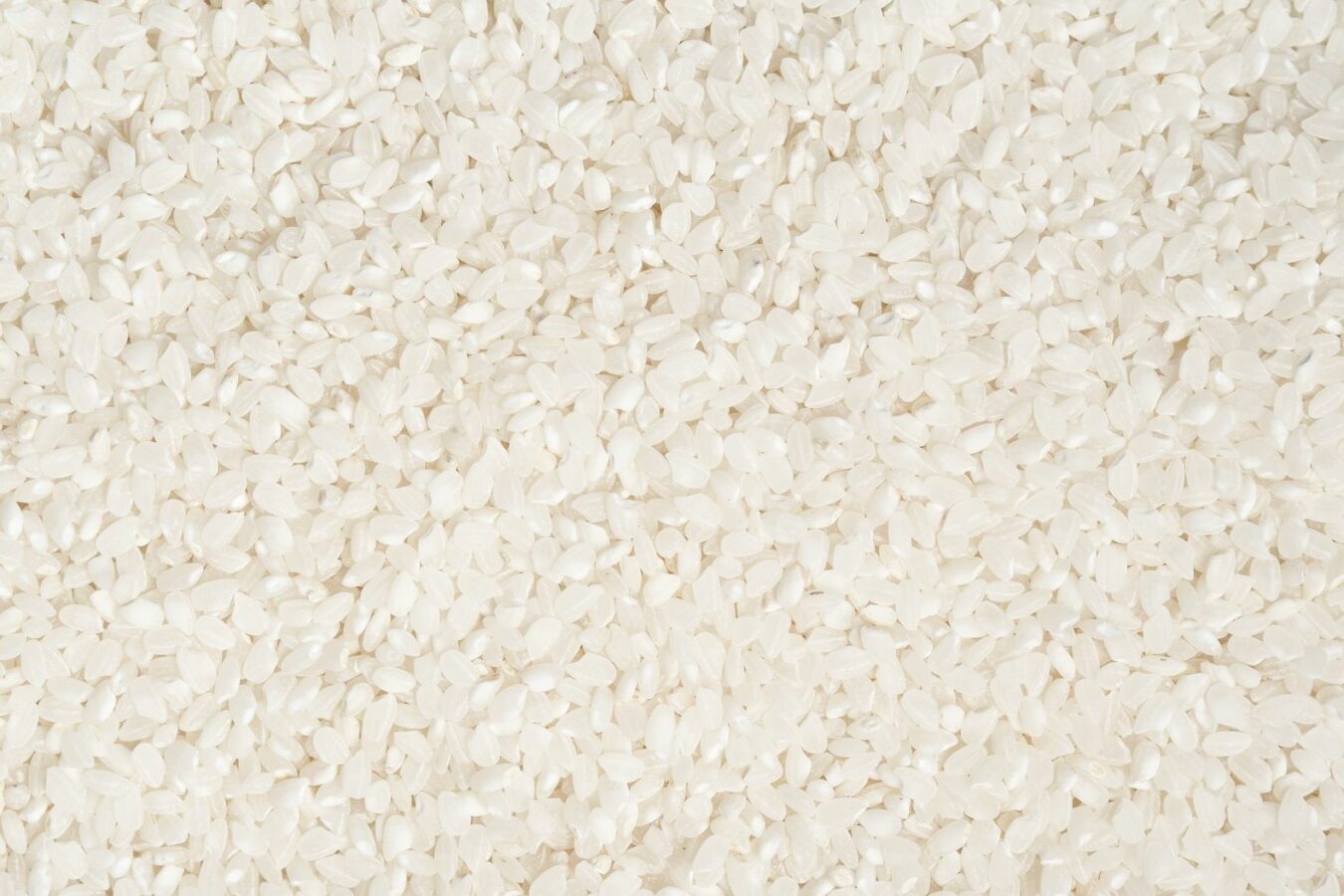
Rice
All rice varieties, including brown, white, and wild rice, are naturally vegan and gluten-free. It’s a versatile food item that can be included in numerous dishes. Like other foods, beware of flavored or instant versions containing non-vegan or gluten-containing additives.

Quinoa
While often used like a grain, quinoa is a seed and is both vegan and gluten-free. It’s a complete protein source, making it a popular choice in vegan diets. If opting for pre-packaged or flavored versions, check the ingredients for non-vegan or gluten-containing additives.
Understanding Gluten-Free Diets
A gluten-free diet excludes the protein gluten in grains such as wheat, barley, and rye.
This diet is essential for managing symptoms and complications in individuals with celiac disease, non-celiac gluten sensitivity, and wheat allergies.
Some people might also choose a gluten-free diet for perceived health benefits, though scientific evidence supporting these claims is limited.
What is gluten?
Gluten is a naturally occurring family of proteins found in several types of grains, including wheat, barley, and rye. It’s primarily composed of two main proteins: glutenin and gliadin. Gluten provides elasticity, and a chewy texture to baked goods, making it a key ingredient in various foods.
Interestingly, while gluten is a plant-based protein and thus inherently vegan, it’s essential to note that not all foods containing gluten are vegan. For instance, a cake made with wheat flour (which contains gluten) and eggs and butter (which are animal products) would not be suitable for a vegan diet.
Where does gluten come from?
As mentioned, gluten is a protein found in specific grains. Here’s a closer look at its primary sources:
- Wheat: This is the most common source of gluten. It’s found in numerous foods, including bread, pasta, cereals, and baked goods.
- Barley: Gluten from barley is often found in malt, food coloring, soups, and beer.
- Rye: Rye contains gluten and is typically used to make rye bread, beer, and cereals.
Where to look to avoid gluten
To ensure a diet remains gluten-free, careful attention must be given to food labels, ingredient lists, and, when dining out, allergen lists.
Food Labels
Checking food labels is crucial when avoiding gluten. Many products will be labeled “gluten-free” if they meet the criteria.
However, it’s important not to assume a product is gluten-free because it doesn’t contain wheat, barley, or rye. These gluten sources could be hidden in food additives or flavorings, so reading the entire label is crucial.
Ingredients Lists
Ingredients lists can provide valuable information about potential gluten sources. Other less-obvious gluten-containing ingredients such as malt (made from barley) and hydrolyzed wheat protein should also be avoided along with apparent sources like wheat, barley, and rye.
Allergen List
When dining out, asking for an allergen list is a good practice. Wheat, a primary source of gluten, is one of the eight major allergens according to the Food & Drug Administration, so restaurants should provide this information.
However, it’s also essential to consider the risk of cross-contamination. Even if a dish is gluten-free, it could become contaminated if prepared with the same utensils or surfaces as gluten-containing foods.
Common gluten-free foods
- Fruits and Vegetables: All are naturally gluten-free.
- Meats and Fish: Ensure they’re not breaded or battered. (NOT VEGAN)
- Dairy: Most dairy products are gluten-free, but check flavored dairy for hidden gluten. (NOT VEGAN)
- Rice: All forms are gluten-free.
- Quinoa: This grain-like seed is a fantastic gluten-free source of protein.
- Gluten-Free Grains: Including buckwheat, corn, amaranth, arrowroot, millet, and tapioca.
- Legumes: Beans, lentils, and peas are gluten-free.
- Nuts and Seeds: All are naturally gluten-free.
- Oils and Vinegar: Most are gluten-free.
Vegan Foods That Are Not Gluten-Free
When following a gluten-free diet, it’s crucial to avoid all foods that contain gluten-based ingredients. All of the following foods are typically fine for a vegan diet, but are not gluten-free:

Wheat-based foods
Including wheat bran, wheat flour, spelt, durum, kamut, semolina, and farro.
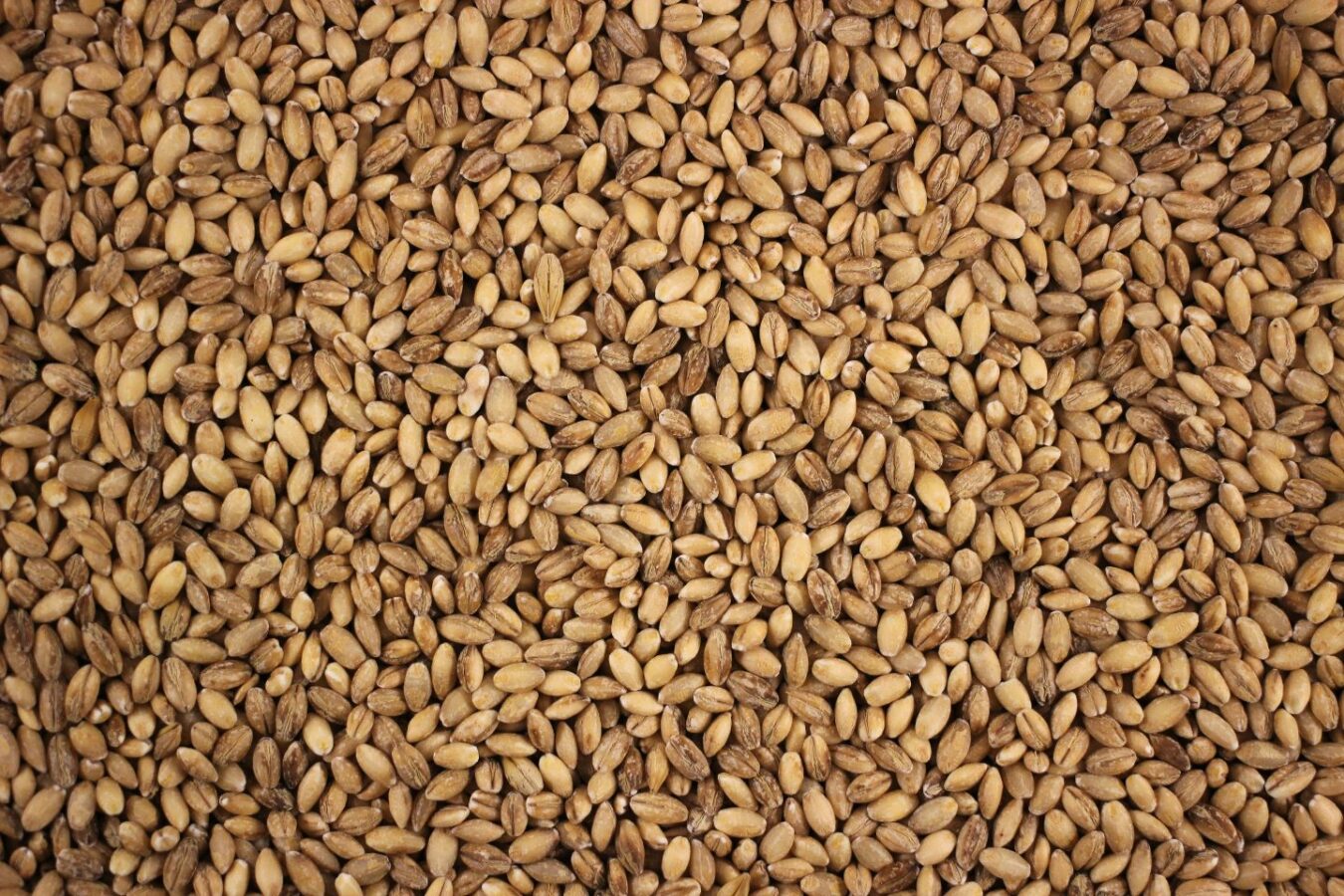
Barley and Rye
These grains contain gluten and should be avoided.
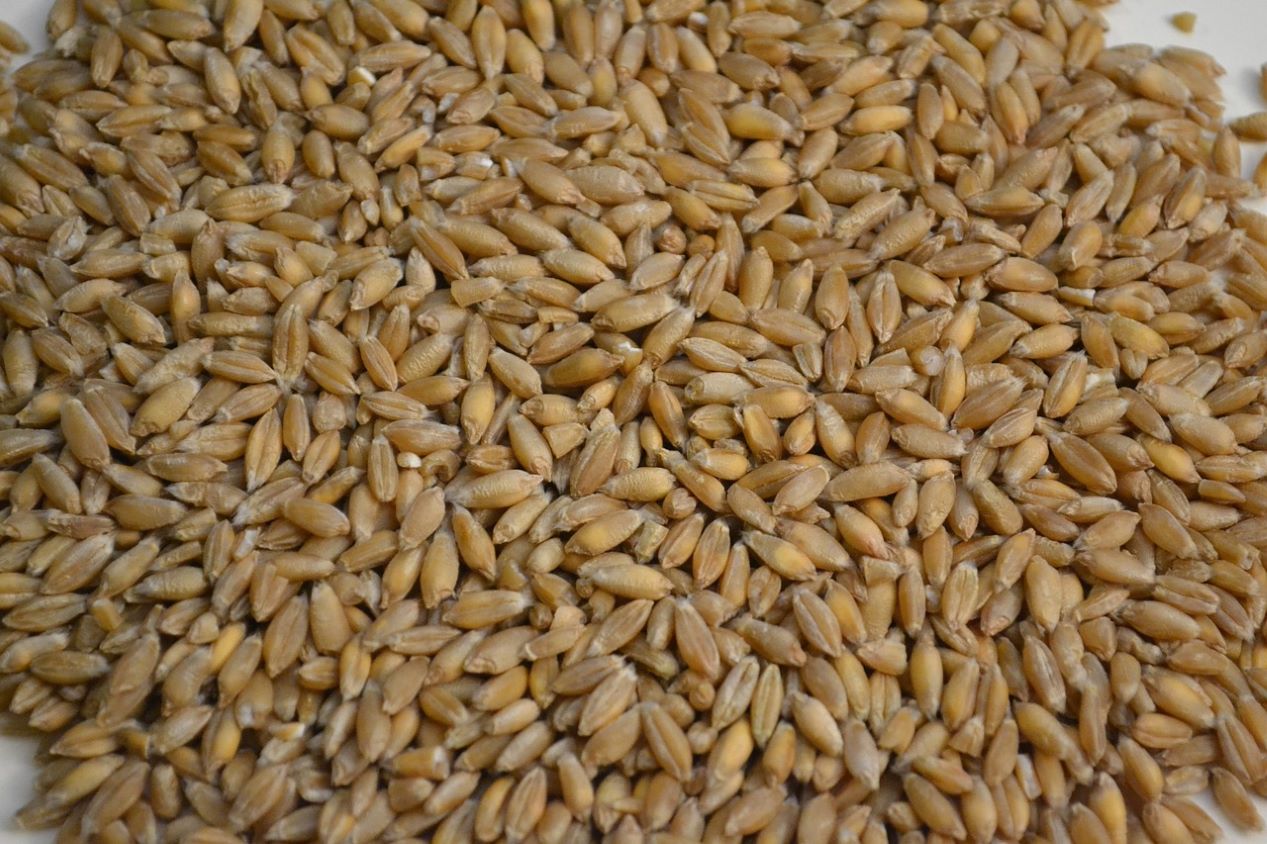
Triticale
A cross between wheat and rye, triticale contains gluten.
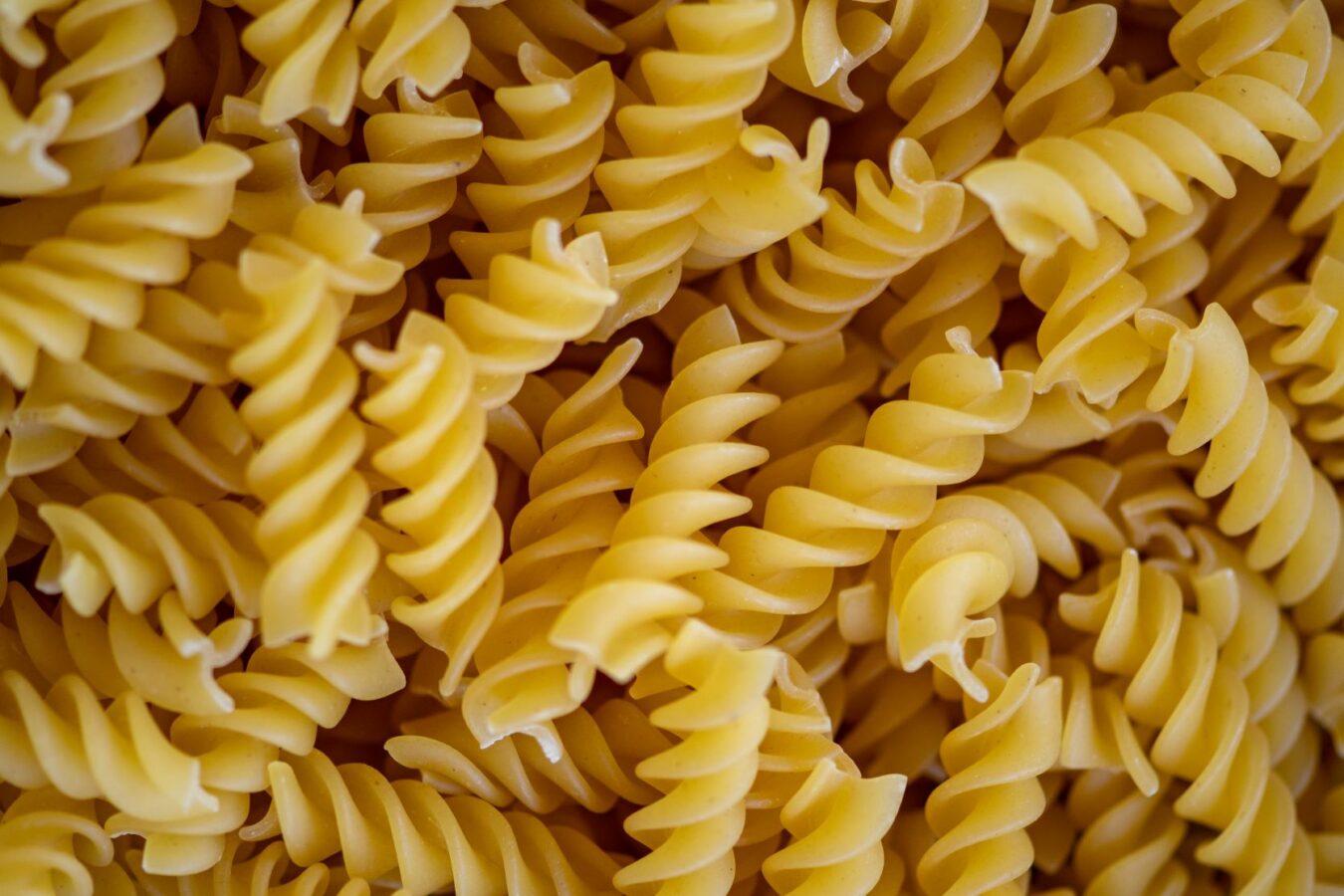
Pasta, Bread, and Baked Goods
Unless specified as gluten-free.
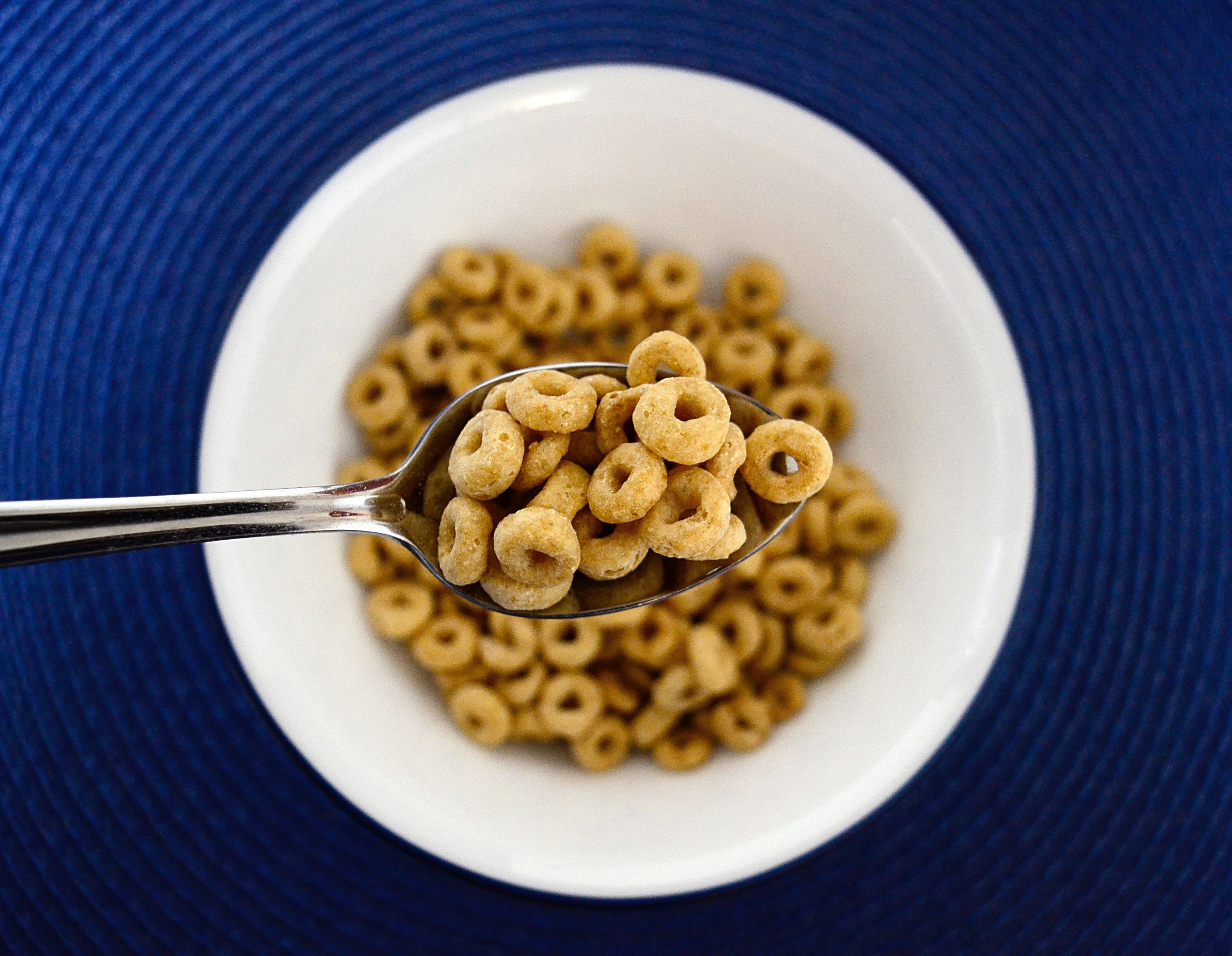
Cereals
Many cereals contain malt or wheat-based ingredients.

Beer
Most beers are made from barley, a gluten-containing grain.
(NOT ALWAYS VEGAN.)
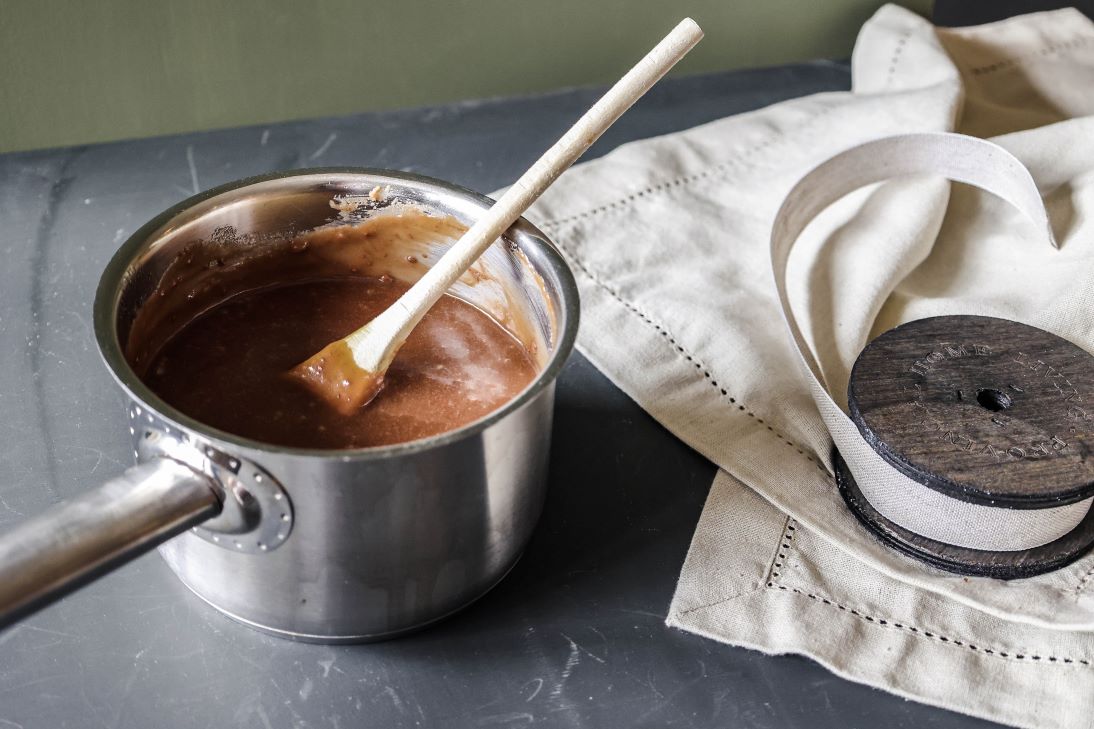
Sauces and Gravies
Many use wheat as a thickener.
(NOT VEGAN IF IT CONTIANS ANIMAL PRODUCTS.)
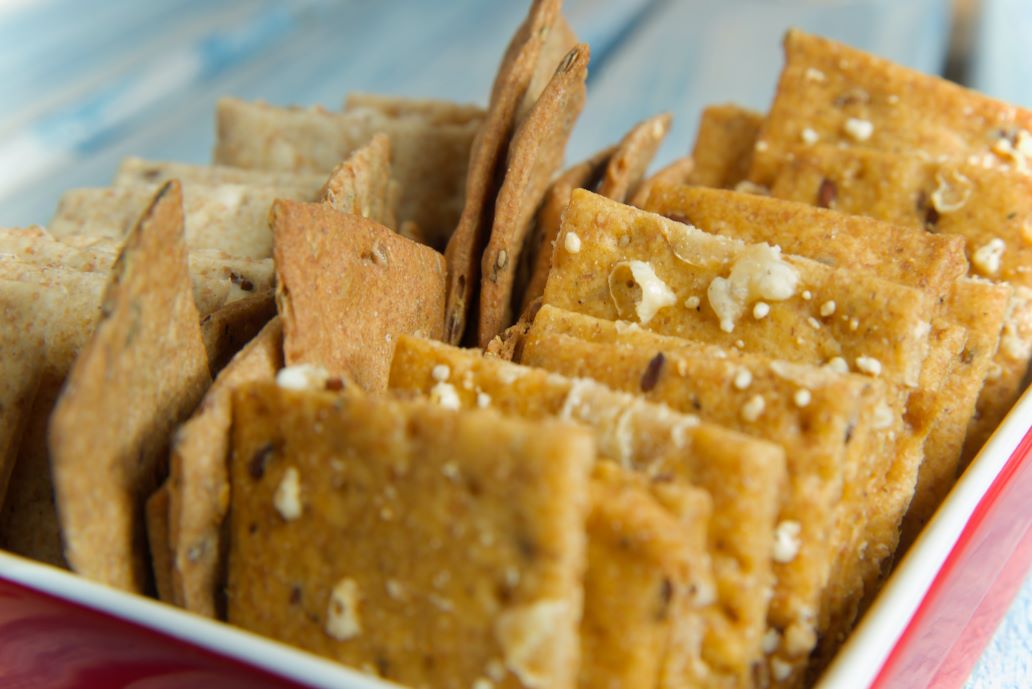
Processed Foods
Always read the labels, as many processed foods contain hidden sources of gluten.
Understanding Vegan Diets
The vegan diet excludes all animal products, like eggs, meat, dairy, honey, and any other ingredients derived from animals.
It is a subset of vegetarianism and is defined by its adherence to plant-based foods exclusively. This commitment to avoid animal-derived products extends to non-food products, such as leather, fur, and cosmetics tested on animals.
Common vegan foods
- Fruits and vegetables: All fruits, vegetables, and berries.
- Legumes: Beans, lentils, chickpeas, peas, etc.
- Nut butter and nuts: Almonds, walnuts, cashews, macadamia nuts, peanut butter, almond butter, etc.
- Seeds: Chia seeds, flaxseeds, hemp seeds, etc.
- Grains: Quinoa, rice, oats, buckwheat, sorghum, amaranth, corn
- Gluten-based products: Barley, wheat, triticale, etc.
- Plant-based proteins: Tofu, tempeh, seitan, etc.
- Plant-based milk: Almond milk, soy milk, rice milk, oat milk, etc.
- Plant-based oils: Olive oil, coconut oil, avocado oil, etc.
- Herbs, spices, and other flavorings: All herbs and spices, nutritional yeast, soy sauce, vinegar, etc.
Can a vegan diet be gluten-free?
Absolutely, a vegan diet can be gluten-free. There is no inherent conflict between these two dietary styles.
While vegan diets exclude all animal products, a gluten-free diet removes all foods containing gluten. A person can certainly follow a diet that is both vegan and gluten-free, avoiding both animal products and gluten-containing grains.
Many plant-based foods, like fruits, vegetables, legumes, nuts, seeds, and certain grains, are naturally vegan and gluten-free.
Gluten-Free Foods That Are Not Vegan
When following a vegan diet, it’s crucial to avoid all foods that contain animal-derived ingredients. All of the following foods are fine for a gluten-free diet as long as they are prepared with no additional gluten-containing ingredients.
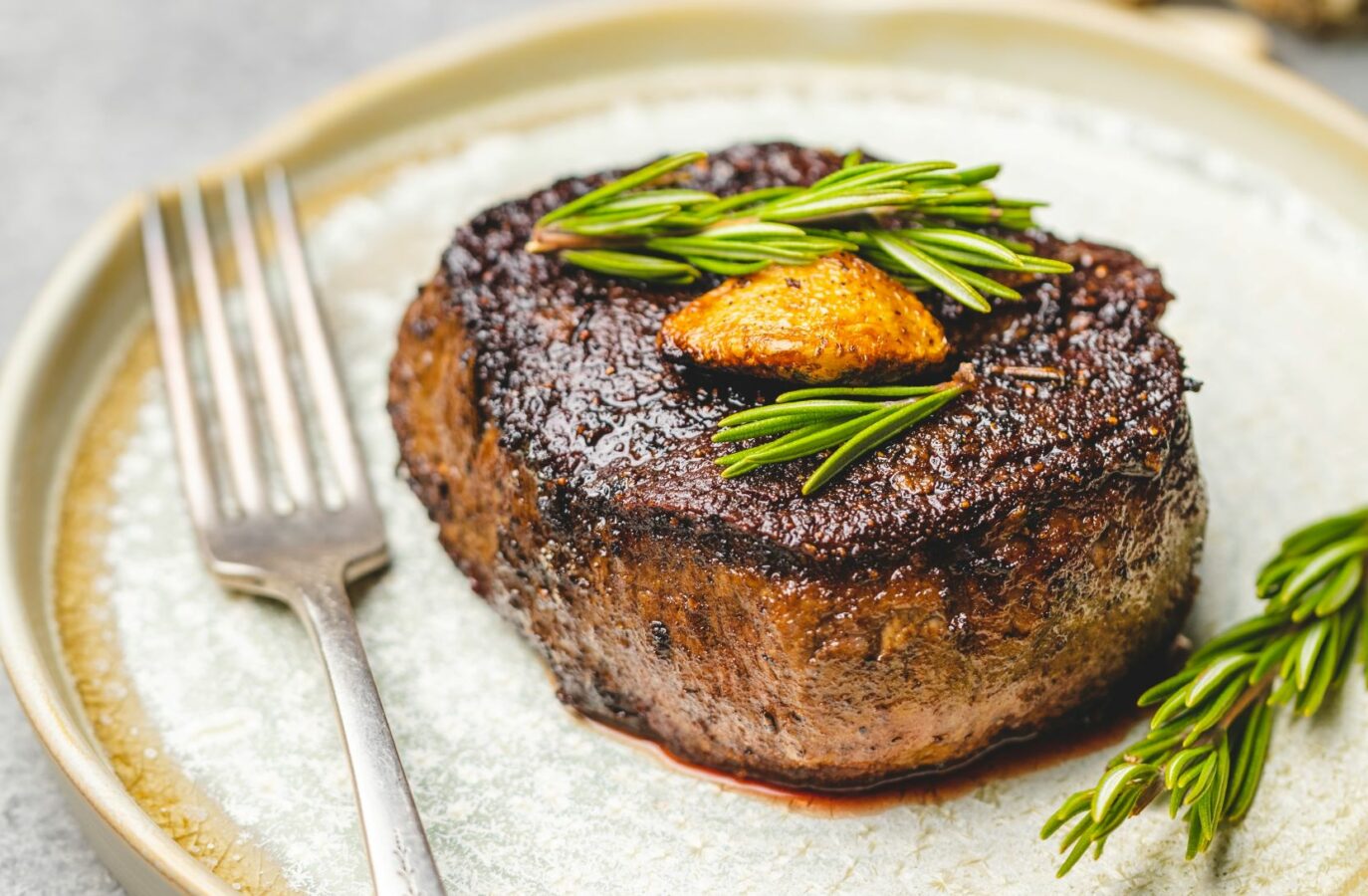
Meat
Beef, pork, lamb, horse, veal, organ meat, chicken, wild meat, turkey, duck, goose, quail, etc.
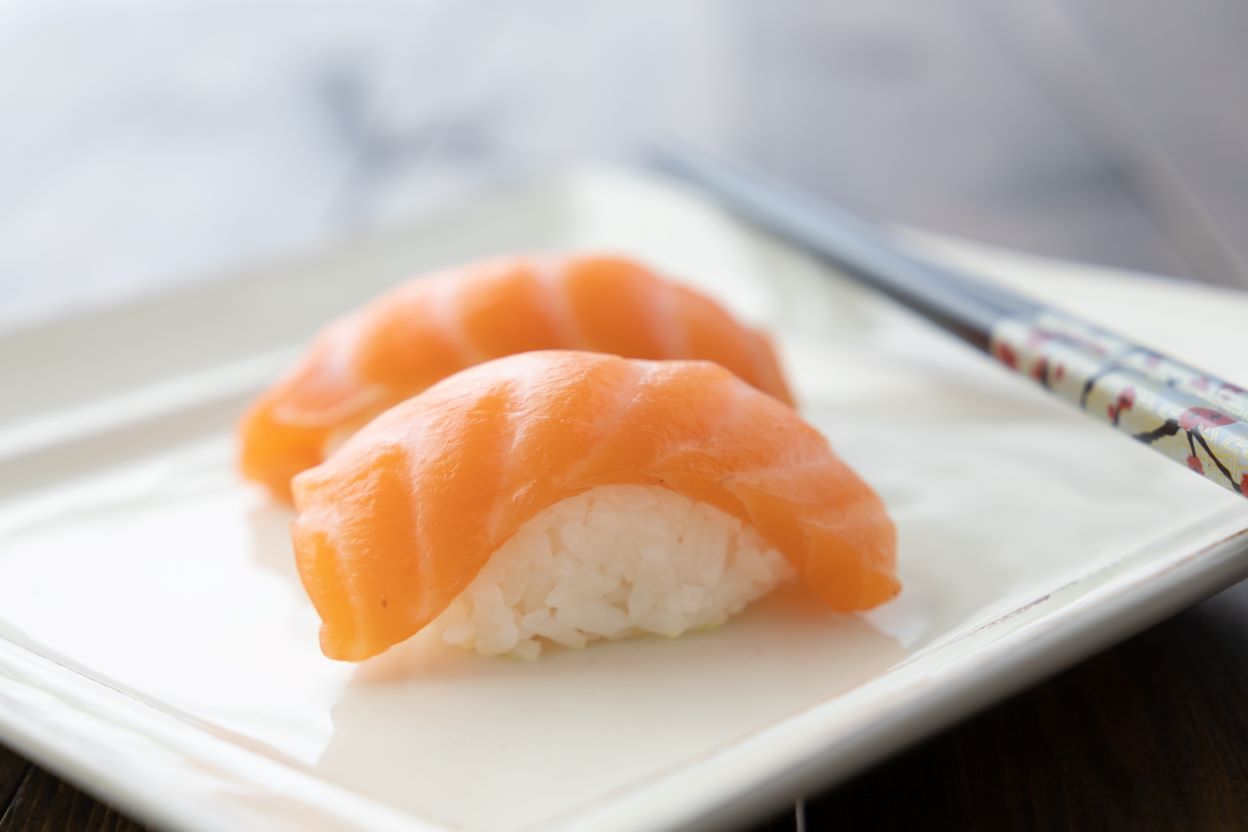
Seafood and Fish
All fish types, anchovies, squid, shrimp, calamari, scallops, crab, mussels, lobster, etc.
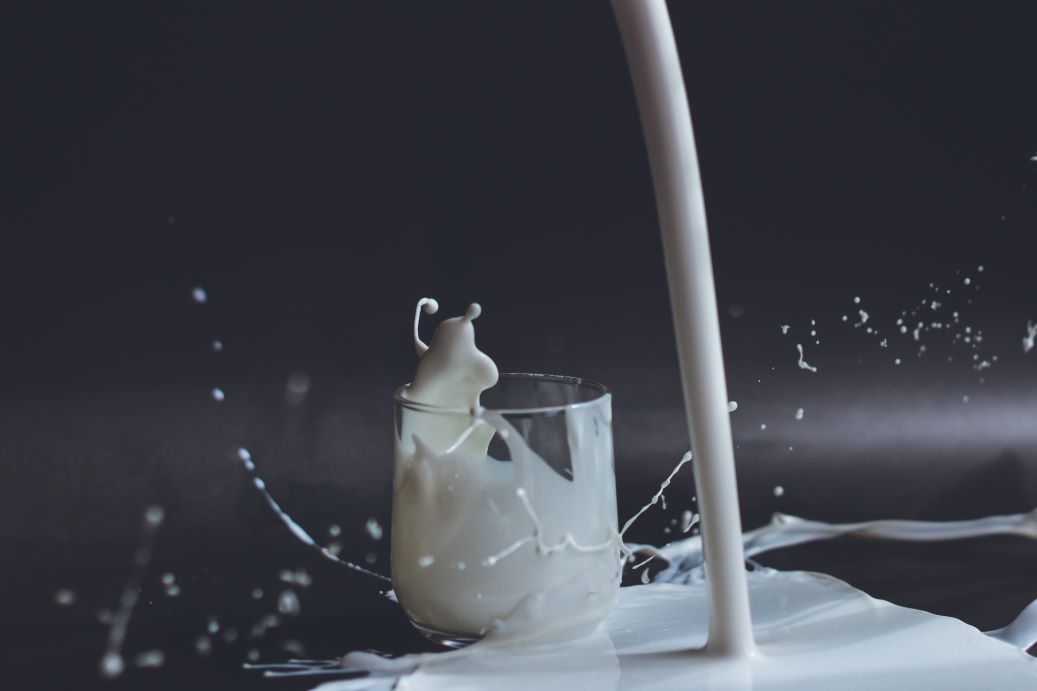
Dairy
Cheese, milk, butter, yogurt, cream, and ice cream.

Eggs
From fish, chickens, ostriches, quails, etc.
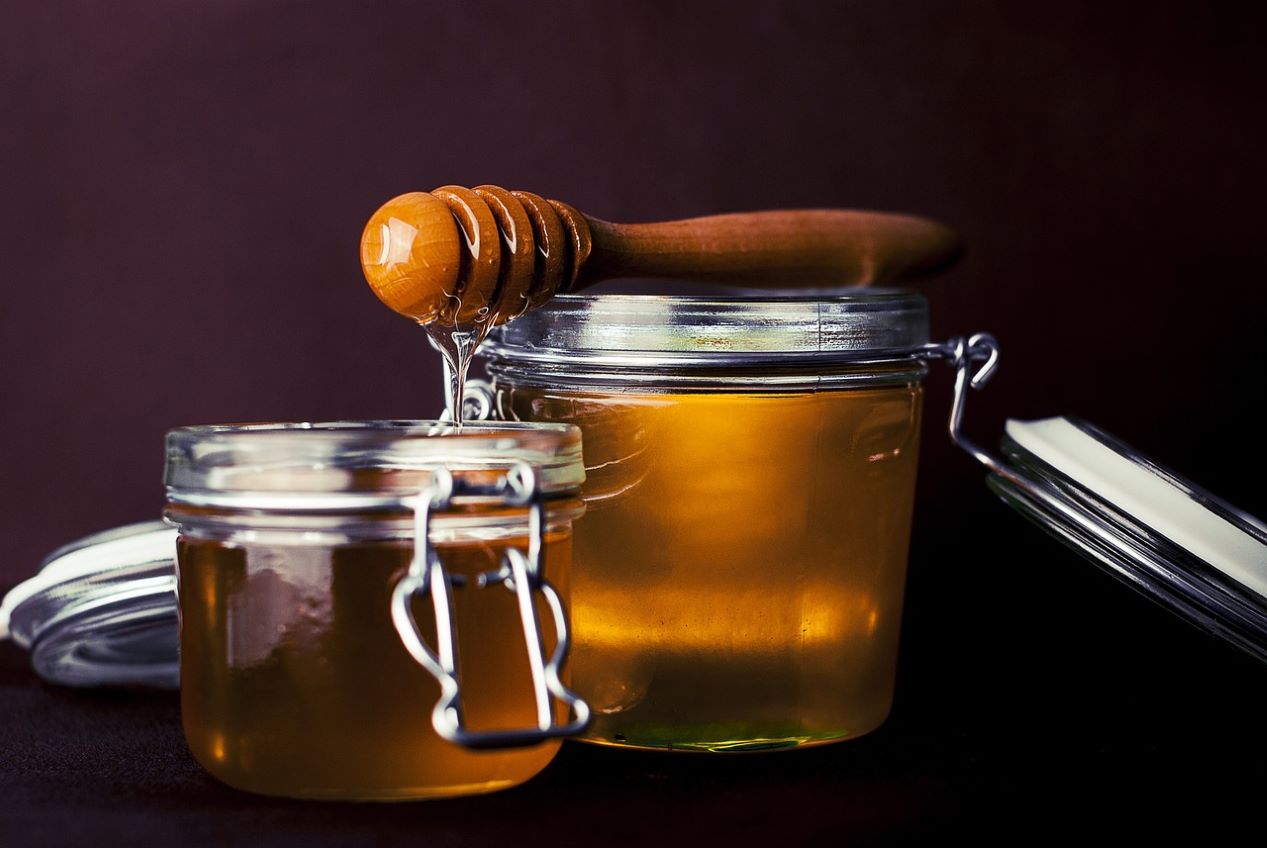
Bee products
Bee pollen, honey, royal jelly, etc.
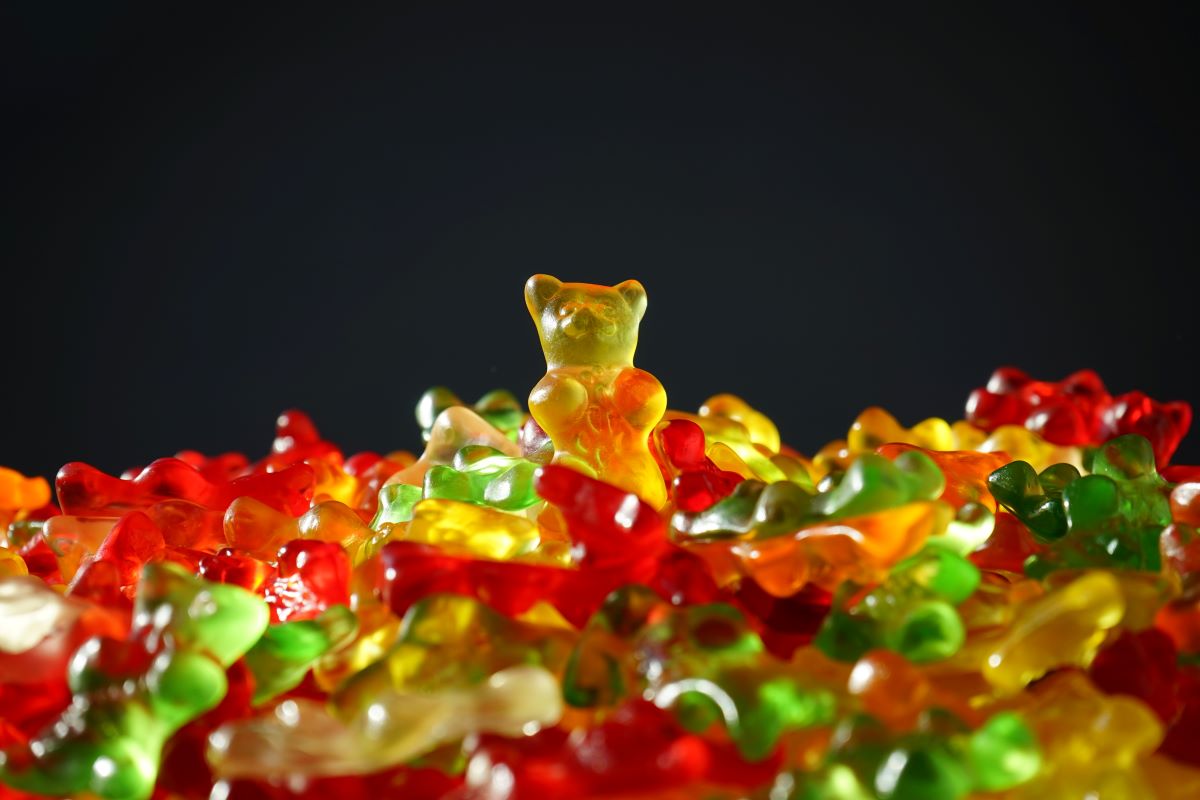
Ingredients from animals
Whey, lactose, casein, egg white albumen, shellac, gelatin, cochineal or carmine, L-cysteine, animal-derived vitamin D3, and many others.
FAQ
Are vegan and gluten-free the same thing?
No, vegan and gluten-free are not the same thing. Veganism involves avoiding all animal products, while a gluten-free diet eliminates foods containing the gluten protein found in wheat, barley, and rye.
Can a vegan diet be gluten-free and vice versa?
Yes, a vegan diet can be gluten-free, and a gluten-free diet can be vegan. Many foods are naturally both vegan and gluten-free. Still, it’s important to carefully check labels and ingredient lists to avoid any potential animal products or gluten sources.
Can vegans have gluten?
Yes, vegans can consume gluten unless they also choose to follow a gluten-free diet or have a medical condition, such as celiac disease, that requires them to avoid gluten. Vegan vs gluten-free; Many vegan foods, like bread and pasta, are made with wheat or other gluten-containing grains. Here is a gluten-free vegan comfort book review with vegan recipes included.
